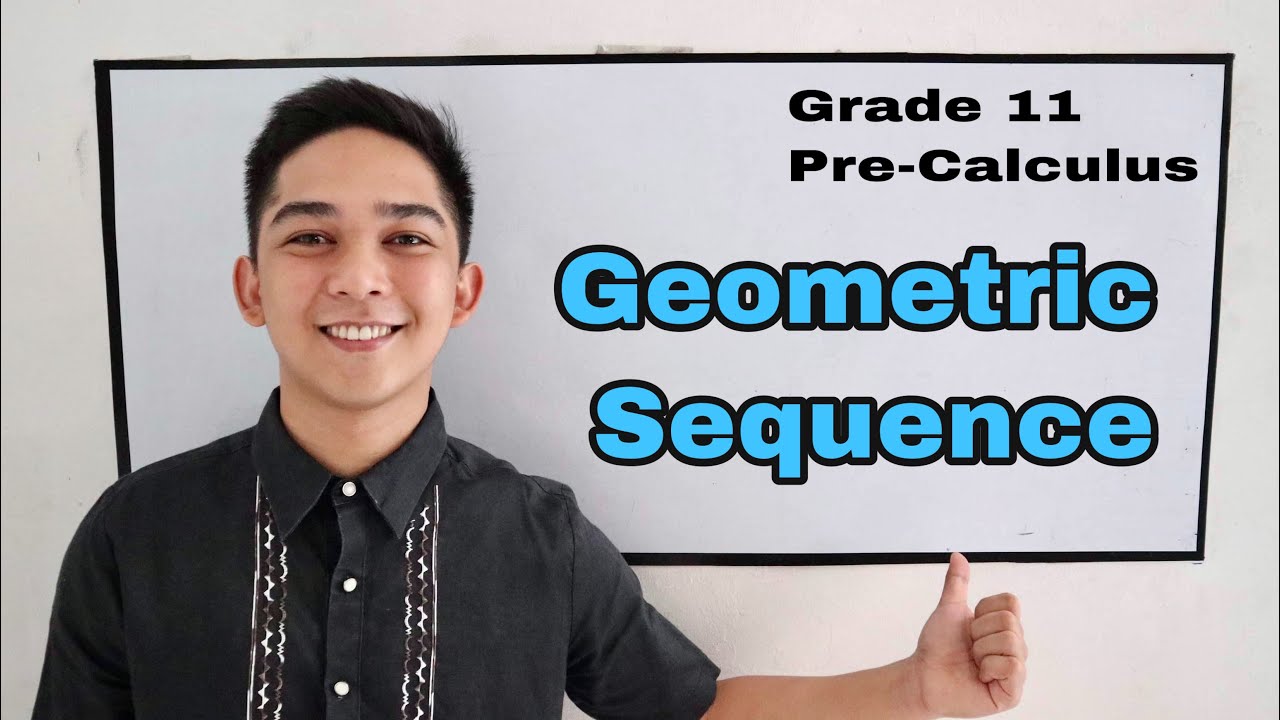Introduction to geometric morphometrics
Summary
TLDRIn this video series, Denise introduces geometric morphometrics, a sophisticated method for analyzing shape variation through the relative positions of landmarks on organisms. Unlike traditional caliper measurements, this approach captures the intricate relationships between points, offering insights into biological significance. Key components include landmarking, which identifies true, pseudo, and semi landmarks, and Procrustes analysis, which standardizes landmark configurations for comparison. The series will cover practical methods for photographing specimens, photo editing techniques, and using software like Morpho J and R for data analysis, enhancing both accuracy and visual appeal in research presentations.
Takeaways
- 😀 Geometric morphometrics offers a sophisticated alternative to traditional caliper measurements, providing a more comprehensive understanding of shape variation.
- 📏 Traditional measurements describe distances between points but fail to capture their relative positions and angles.
- 🔍 Landmarks are crucial in geometric morphometrics, defined as two or three-dimensional points that must follow specific rules.
- 📍 True landmarks have biological significance, while pseudo landmarks are based on relative locations, and semi landmarks are positioned between true landmarks.
- 📊 The Procrustes analysis is essential for comparing landmark configurations by scaling, centering, and rotating them to align.
- 🐟 The video series will cover practical methods for photographing fish and minimizing errors for accurate results.
- 🖼️ Photo editing is not mandatory but can enhance the visibility of features and improve the presentation of final figures in research papers.
- 🔧 Landmarking is a detailed process that requires attention, and the video will guide viewers through this step.
- 💻 Two methods for analyzing coordinates are introduced: MorphoJ and SPSS, with SPSS being simpler for beginners.
- 📊 R programming is recommended for handling large datasets, allowing for easier updates and data management without redoing all analyses.
Q & A
What is the primary limitation of traditional caliper-based measurements in shape analysis?
-Traditional caliper-based measurements only capture the distance between two points and do not account for the relative positions or angles between multiple points, which can overlook important variations in shape.
What does geometric morphometrics aim to address in shape analysis?
-Geometric morphometrics aims to provide a more sophisticated method of shape analysis by comparing the relative positions of landmarks on specimens, allowing for a comprehensive understanding of shape variations.
What are landmarks in the context of geometric morphometrics?
-Landmarks are specific two or three-dimensional points defined by rules that must be consistently marked on all studied organisms. They are crucial for describing and comparing shapes.
What are the three types of landmarks mentioned in the video?
-The three types of landmarks are: true landmarks (biologically significant points), pseudo landmarks (defined by relative locations), and semi-landmarks (defined relative to other landmarks).
Why is the quality of landmarks important in geometric morphometrics?
-The quality of landmarks is crucial because the results of geometric morphometric analyses depend directly on how accurately these points are identified and marked on specimens.
What is Procrustes analysis and why is it used?
-Procrustes analysis is a method used to standardize landmark configurations by scaling them to the same size, centering them at the same gravity, and rotating them to the same orientation for effective comparison.
What practical methods will the video series cover?
-The video series will cover practical methods for photographing specimens, techniques to avoid errors, and methods for landmarking.
How can photo editing enhance the process of geometric morphometrics?
-Photo editing can help highlight important features of specimens, making the landmarking process easier and improving the visual appeal of graphs and figures in final reports.
What software tools will be discussed for analyzing geometric morphometric data?
-The series will discuss using Morpho J and SPSS as simpler tools for beginners, as well as R, which is suitable for handling larger datasets but may require more familiarity with programming.
What is the expected outcome for viewers by the end of the video series?
-By the end of the video series, viewers are expected to gain practical skills in geometric morphometrics, enabling them to accurately analyze and present shape data in their research.
Outlines

This section is available to paid users only. Please upgrade to access this part.
Upgrade NowMindmap

This section is available to paid users only. Please upgrade to access this part.
Upgrade NowKeywords

This section is available to paid users only. Please upgrade to access this part.
Upgrade NowHighlights

This section is available to paid users only. Please upgrade to access this part.
Upgrade NowTranscripts

This section is available to paid users only. Please upgrade to access this part.
Upgrade NowBrowse More Related Video

‘Shape’ Visual element of Graphic Design / Design theory Ep4/45 [Beginners guide to Graphic Design]

Pre-Calculus : GEOMETRIC SEQUENCE

Pola Bilangan (5) | Barisan dan Deret Geometri

Convergence and Divergence: The Return of Sequences and Series

Using Dichotomous Keys

A3.1 Species Diversity [IB Biology SL/HL]
5.0 / 5 (0 votes)